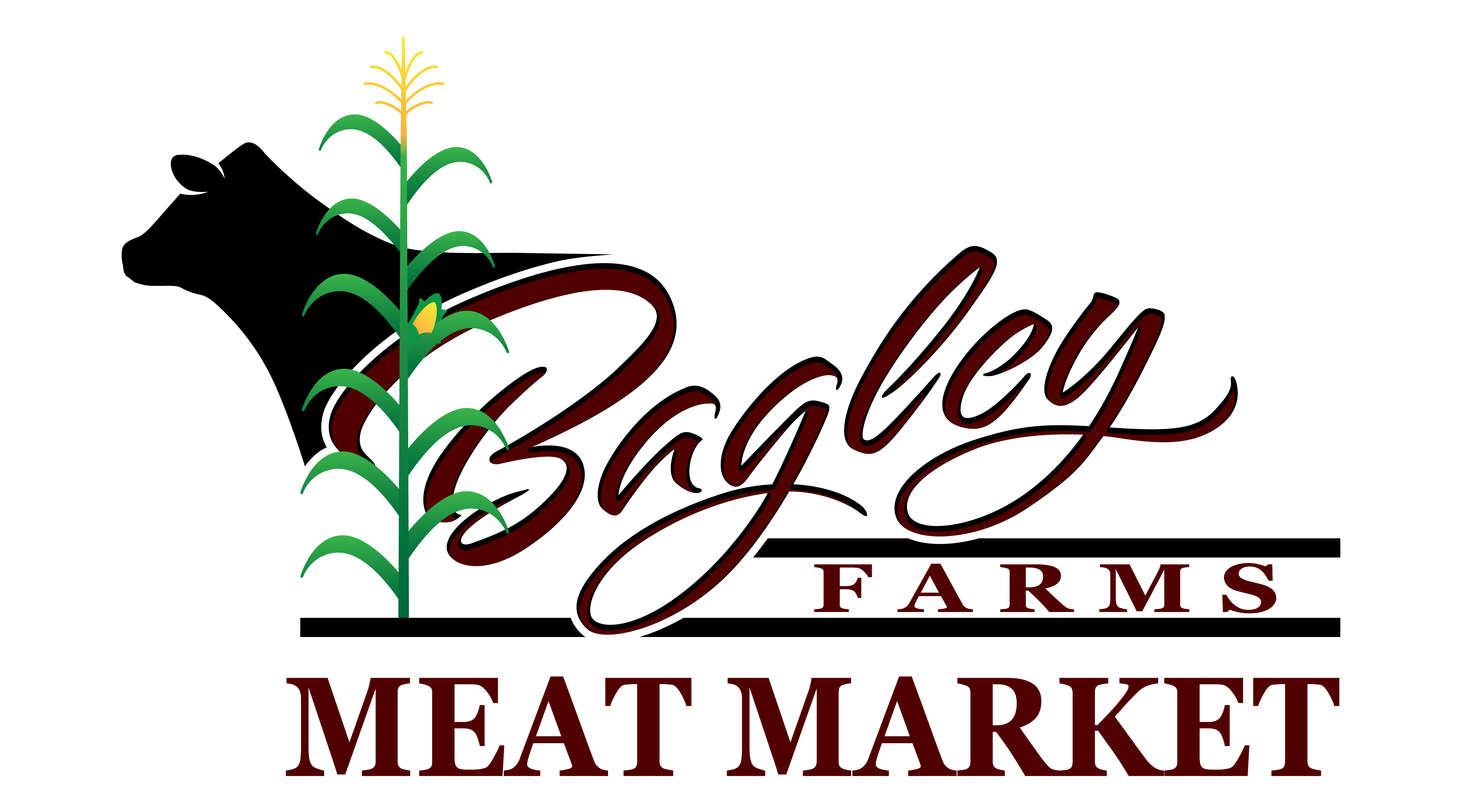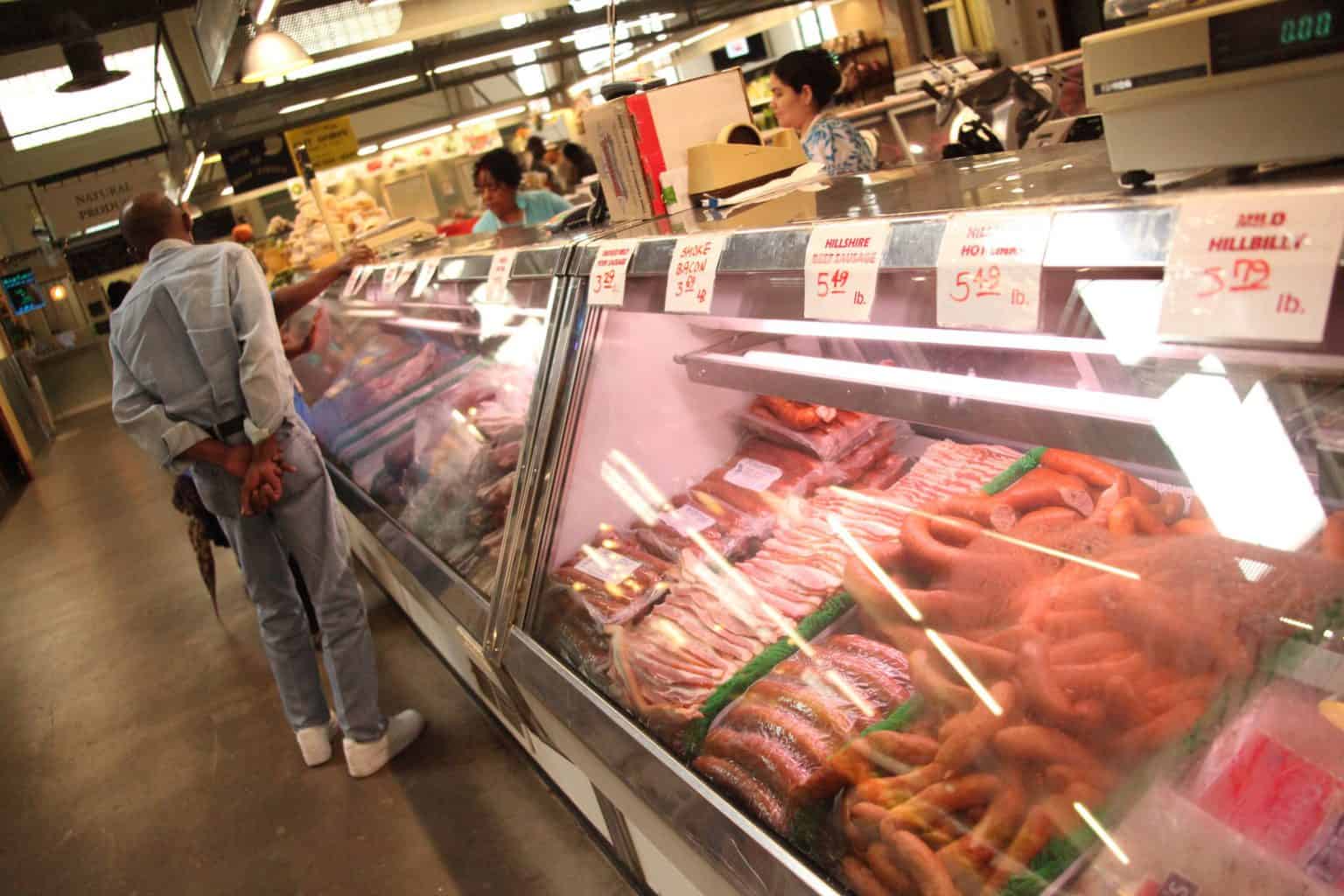Get the most effective Offers on Fresh Meat at Bagley Farms Meat Market Edwardsville IL
Get the most effective Offers on Fresh Meat at Bagley Farms Meat Market Edwardsville IL
Blog Article
Discover the Art of the Butcher's Cut in a Modern Meat Market
In the ever-evolving landscape of modern-day meat markets, the butcher's cut has actually transcended its traditional roots, combining age-old workmanship with modern methods. Today's butchers are not simply processors of meat; they are experienced artisans who stress sustainability and moral sourcing. Their knowledge in picking and preparing cuts tailored to particular culinary needs provides an unmatched eating experience. Yet, what absolutely establishes the contemporary butcher apart is their ability to build a much deeper link between consumers and the origins of their meat. Just how do these masters balance practice with innovation, and what implications does this have for the future of meat usage?
Advancement of Butchery Methods
The development of butchery methods shows an abundant tapestry of development and adaptation driven by developments in modern technology, adjustments in consumer need, and a deeper understanding of meat science. Historically, butchery was a craft gave through generations, with methods refined over centuries to make best use of yield and flavor. Nonetheless, the industrial transformation ushered in mechanization, transforming standard practices and making it possible for large handling.
The mid-20th century saw butchery techniques further refined by scientific understandings right into muscular tissue biology and meat aging, enhancing both tenderness and taste. Advancements like vacuum packaging and refrigeration extended product shelf-life, enabling butchers to branch out offerings and boost top quality control. This period also marked the increase of specific devices, such as band saws and meat slicers, which boosted accuracy and performance in meat handling.

Computerized systems currently help in tracking pet provenance and enhancing cuts to meet specific consumer preferences. Additionally, a renewal in artisanal butchery has emerged, blending traditional abilities with modern expertise to cater to customers looking for ethical and sustainable meat alternatives.
Comprehending Meat Cuts
Comprehending the details of meat cuts is important for both butchers and consumers looking for quality and worth. Each cut comes from a various part of the animal, imparting one-of-a-kind flavors, textures, and cooking techniques - bagley farms meat market edwardsville il. Proficiency of these differences not only enhances culinary experiences however also maximizes the energy of each carcass. For butchers, accurate cuts reflect ability and regard for the craft, guaranteeing marginal waste and optimal return.

Recognizing muscle structure is crucial; muscles used more often by the animal have a tendency to be tougher and are best suited for slow food preparation methods, while less-used muscle mass, like those located in the loin, are more tender and perfect for grilling or roasting. Familiarity with these differences encourages customers to make educated options, boosting their cooking ventures.
Choosing Top Quality Meat
Choosing the appropriate meat entails greater than just picking a visually enticing item from the display. bagley farms meat market edwardsville il. The art of selecting quality meat calls for a discerning eye and expertise of certain qualities that signify freshness and excellence. Pay attention to the shade; beef should have a bright, cherry-red shade, while lamb must show a soft pink tone, and pork a pale pink. This shows the meat is fresh and hasn't been exposed to these details oxygen for as well lengthy.
Secondly, think about the marbling, which refers to the white streaks of fat within the muscle mass. Proper marbling is an essential indicator of inflammation and flavor, as it melts throughout cooking, improving the meat's juiciness. Remember, higher marbling often correlates with superior quality cuts, such as USDA Prime.
Structure is an additional critical variable; meat ought to really feel strong to the touch, not slimed or excessively soft. In addition, bear in mind the scent. Fresh meat needs to have a clean, neutral scent, without any type of sour or off-putting odors.
Pairing Cuts With Cooking Techniques

Conversely, harder cuts like brisket and chuck roast are rich in collagen, which damages down into gelatin when prepared slowly. These cuts are perfect for braising or sluggish roasting, allowing the meat to click site tenderize with time and develop deep, complicated flavors. Cuts such as short ribs and pork shoulder get on well with slow-cooking methods, where prolonged cooking times transform their robust textures into succulent recipes.
Lamb shanks and oxtail, which need prolonged cooking to tenderize, are best prospects for cooking or sluggish simmering. These approaches coax out abundant, hearty tastes while maintaining moisture. By comprehending the distinct characteristics of each cut, chefs and home chefs alike can boost their cooking productions, making certain each meal is both satisfying and unforgettable.
The Butcher's Duty Today
Navigating the evolving landscape of the modern-day meat market, the butcher's role today expands past mere preparation of cuts. Contemporary butchers are culinary artisans, instructors, and advocates for lasting methods. They bridge the void between the ranch and the fork by ensuring ethical sourcing, understanding pet husbandry, and focusing on transparency in the supply chain. This shift shows the growing customer demand for high quality over quantity, where provenance and pet well-being are paramount.
In addition to crafting accurate cuts, butchers now engage directly with consumers, supplying cooking advice and tailoring selections to suit specific needs and preferences. Their proficiency in meat aging, marbling, and flavor profiles equips customers to make informed choices, improving their culinary experiences. This personalized solution exemplifies the butcher's evolving function as a relied on consultant in the cooking area.
Additionally, butchers are crucial in minimizing waste, making use of entire pets to develop investigate this site diverse items such as sausages and stocks. This comprehensive strategy not only appreciates the animal but likewise straightens with contemporary sustainability objectives. By doing this, the contemporary butcher personifies both custom and development, adapting to an ever-changing market while preserving the creativity and integrity of their craft.
Conclusion
Proficiency in understanding varied meat cuts and quality indications empowers butchers to offer informed recommendations, aligning certain cuts with ideal cooking methods. By recognizing historical practices while welcoming contemporary needs, the butcher's function remains crucial in today's sophisticated meat market.
Report this page